This 3D model of Harkonnen Ornithopter consists of files in StereoLithography (.Stl) format that is optimized for 3D printing.
Before printing the files, we strongly recommend reading the PRINTING DETAILS section.
WHAT WILL YOU GET AFTER PURCHASE?
- 3 versions of Harkonnen Ornithopter STL files for FFF/FDM and DLP/SLA - files for all versions are available for download after the purchase;
- STL files of high-poly Harkonnen Ornithopter Model for 3D printing consist of 181 files;
- Sizes for:
- FFF/FDM (sand stand): 207 mm tall, 948 mm wide, 452 mm deep;
- FFF/FDM (stone stand): 186 mm tall, 948 mm wide, 452 mm deep;
- DLP/SLA (sand stand): 104 mm tall, 474 mm wide, 226 mm deep;
- DLP/SLA (stone stand): 93 mm tall, 474 mm wide, 226 mm deep;
- Assembly Manual for FFF/FDM 1.0 and DLP/SLA 1.0 versions in PDF and video formats;
- Detailed settings that we provide as a recommendation for Cura, Simplify3D, Slic3r and PrusaSlicer for the best print;
- Full technical support from the Gambody Support Team.
Detailed information about this 3D printing model is available in the DESCRIPTION section.
ABOUT THIS 3D MODEL
Harkonnen Ornithopter is a military version of Ornithopters, transport vessels in the Corrino Imperium. In comparison with the Ornithopter from Dune: Part One, Harkonnen 'thopter comes with three pairs of wings and has a more massive hull. The bird-like aircraft is capable of performing numerous functions, such as transportation, aerial searches, troop carrying, and escorting, among others.
Being passionate about the Dune franchise and excited about aircraft building, our contributing 3D artist created the Harkonnen Ornithopter model for 3D printing that true fans can only dream of. Extremely detailed and thoughtful design together with imposing articulation and presentation possibilities make this aircraft a perfect choice for 3D printing hobbyists who value build quality and precision. Add Harkonnen Ornithopter to your collection of printables and make it shine even brighter!
ADAPTATION FOR 3D PRINTING
The Harkonnen Ornithopter model for 3D printing is an active assembly model and its moderation and adaptation for different types of 3D printers took the Gambody team 98 hours in total.
For you to receive the cleanest 3D printing result possible, minimize the amount of filament needed for generated support, and make use of the active elements designed by Gambody Engineers, the aircraft was divided into convenient assembly parts.
All assembly parts in the FFF/FDM 1.0 version are provided in STL files in recommended positions that were worked out in order to ensure the smoothness of the details’ surfaces after printing and that the 3D printing beginners won’t face difficulties when placing the parts on a build plate. When downloading any model’s file you will also receive “Assembly Manual” for FFF/FDM 1.0 and DLP/SLA 1.0 versions in PDF and video formats. We highly recommend that you get acquainted with the “Assembly Video” and “Assembly Manual” before getting down to the Harkonnen Ornithopter 3D printing model.
The model is saved in STL files, a format supported by most 3D printers. All STL files for 3D printing have been checked in Netfabb and no errors were shown.
The model’s scale was calculated from the length of the aircraft which is 32000. The 3D printing model’s chosen scales are 1:64 for the FFF/FDM version and 1:128 for the DLP/SLA version.
VERSIONS’ SPECIFICATIONS
FFF/FDM 1.0 version features:
- Contains 82 parts;
- FFF/FDM (sand stand): 207 mm tall, 948 mm wide, 452 mm deep;
- FFF/FDM (stone stand): 186 mm tall, 948 mm wide, 452 mm deep;
- The wings move and fold;
- The rear ramp opens to access the cabin;
- Movable front missile launcher;
- The side doors open;
- Retractable rocket launchers;
- Two variants of the hull - solid and cut in two;
- Two variants of the seats: folded and unfolded;
- Two variants of the window design: for printing with transparent PLA and as a frame;
- Two variants of the landing gear: extended and folded;
- Three variants of the wings: solid, and divided for slot or pin connections;
- Alternative platform: holder and a desert stone-stylised platform;
- Three variants of the wings: solid, and divided for connecting with 1.75 regular PLA cuts or printed pins;
- Tunnels for LED wiring;
- Highly detailed aircraft’s interior;
- All parts are divided in such a way that you will print them with the smallest number of support structures.
DLP/SLA 1.0 version features:
- Contains 65 parts;
- DLP/SLA (sand stand): 104 mm tall, 474 mm wide, 226 mm deep;
- DLP/SLA (stone stand): 93 mm tall, 474 mm wide, 226 mm deep;
- The wings move and fold;
- The rear ramp opens to access the cabin;
- The side doors open;
- Two variants of the hull - solid and cut in two;
- Two variants of the seats: folded and unfolded;
- Retractable rocket launchers;
- Two variants of the window design: for printing with transparent material and as a frame;
- Three variants of the wings: solid, and divided for slot or pin connections;
- Alternative platform: holder and a desert stone-stylised platform;
- Tunnels for LED wiring;
- Highly detailed aircraft’s interior;
- All parts are divided in such a way to fit the build plates and to ensure that support structures are generated where needed.
DLP/SLA Simple Assembly 1.0 version features:
- Contains 34 parts;
- DLP/SLA Simple Assembly (sand stand): 104 mm tall, 474 mm wide, 226 mm deep;
- DLP/SLA Simple Assembly (stone stand): 93 mm tall, 474 mm wide, 226 mm deep;
- All parts are divided in such a way to fit the build plates and to ensure that support structures are generated where needed.
You can get the Harkonnen Ornithopter model for 3D printing immediately after the purchase! Just click the green Buy button in the top-right corner of the model’s page. You can pay with PayPal or your credit card.
Watch the tutorial on how to assemble a Harkonnen Ornithopter 3D Printing Model on Gambody YouTube channel.
Also, you may like other Dune and Aircraft 3D Printing Models.
________
FAQ:
Generic
Below you can find printing recommendations for Cura, Bambu Lab, Simplify3D, Slic3r and PrusaSlicer software.
Disclaimer: The following printing settings are a recommendation, not an obligation. The parameters can vary depending on the peculiarities of your 3D printer, the material you use, and especially the particular assembly part you are working with. Each part that any model comprises often needs preliminary review, and you are free to tweak the settings the way you find suitable.
Note:
You can scale up the model (downscaling for FFF/FDM 3D printers is not recommended!);
All connectors should be printed at 100% Infill.
Bambu Lab printing recommendations:
These basic 3D printing settings recommendations for beginners were tested in Bambu Studio 1.9.1. Test models were printed on the Bambu Lab A1, Bambu Lab A1 Mini, Creality Ender 3 S1, Anycubic Kobra 2, and Anycubic Vyper using PLA and PETG filaments.
To avoid printing problems, we recommend the following settings: download
Cura printing recommendations:
These are averaged settings which were tested in the Cura 5.2.1 slicer. Test models were printed on Anycubic Vyper, Creality Ender 3 Pro with PLA filament.
To avoid printing problems, we recommend the following settings: download
Simplify3D printing recommendations:
These are averaged settings which were tested in the Simplify3D 5.0.0 slicer. Test models were printed on Anycubic Vyper, FLSUN v400, Ender3 S1 with PLA filament.
To avoid printing problems, we recommend the following settings: download
Slic3r printing recommendations:
These basic 3D printing settings recommendations for beginners were tested in Slic3r 1.3.0 software. Test models were printed on Ultimaker 2, Creality Ender 3, Creality Cr-10S pro v2, Anycubic I3 Mega, Anycubic I3 MegaS, Anycubic Vyper with PLA and PetG filaments.
To avoid printing problems, we recommend the following settings: download
PrusaSlicer printing recommendations:
These basic 3D printing settings recommendations for beginners were tested in PrusaSlicer 2.3.1. Test models were printed on Ultimaker 2, Creality Ender 3, Creality Cr-10S pro v2, Anycubic I3 Mega, Anycubic I3 MegaS, Anycubic Vyper with PLA and PETG filaments.
To avoid printing problems, we recommend the following settings: download

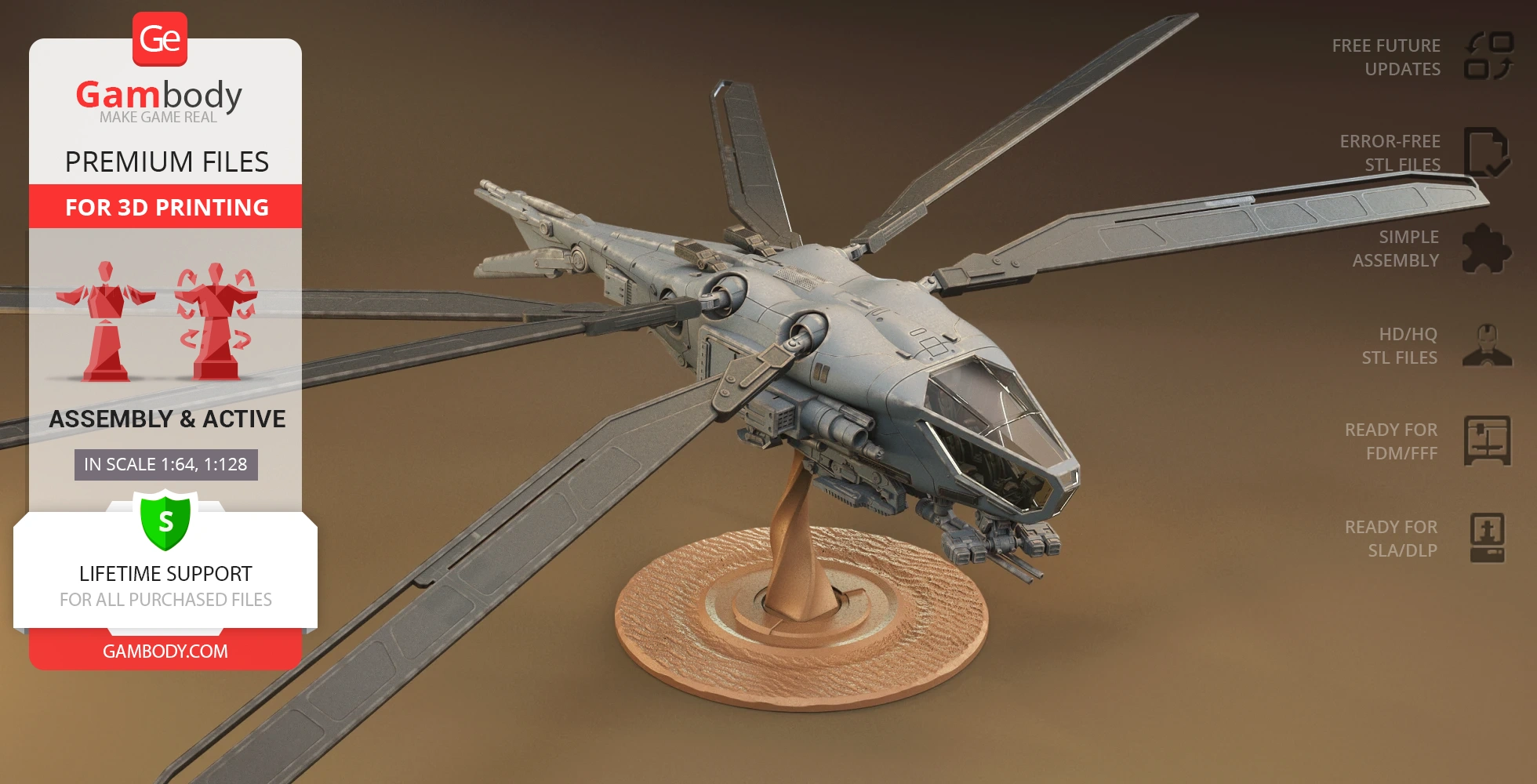

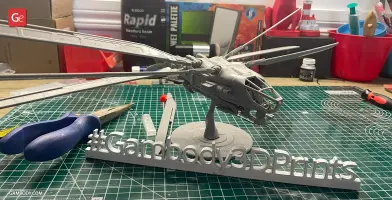
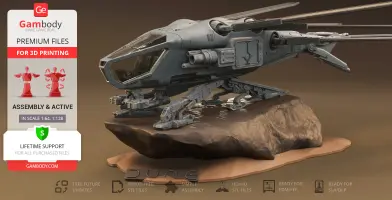
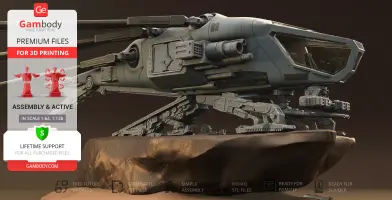
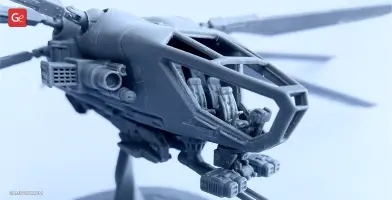
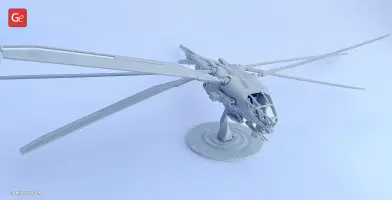
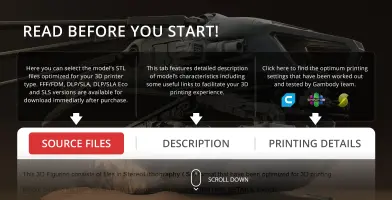
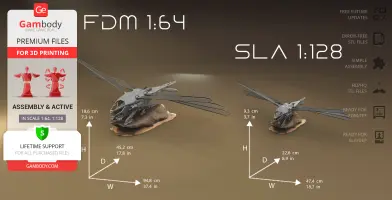
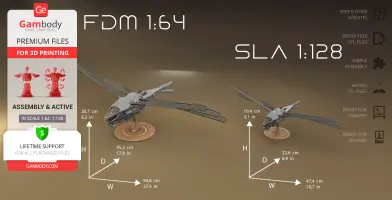
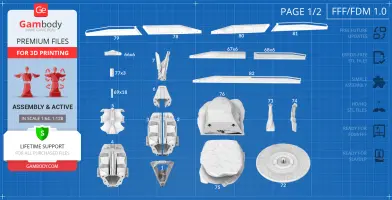
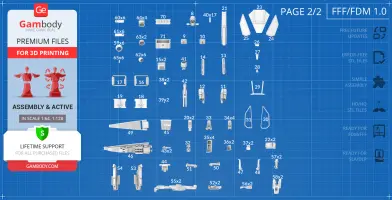
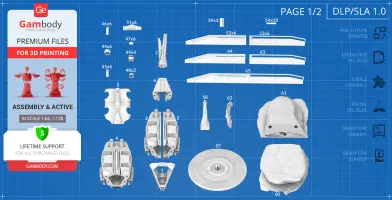
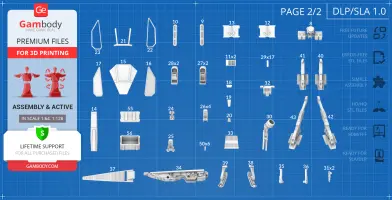
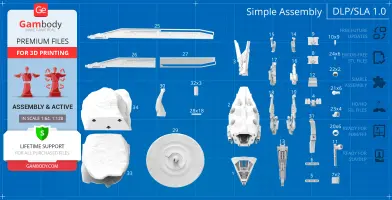
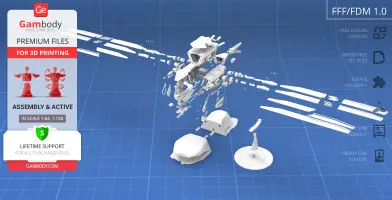
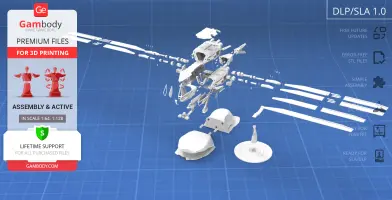
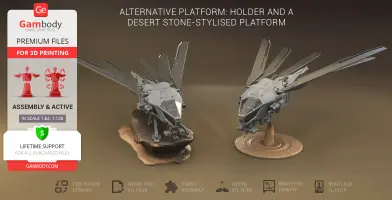
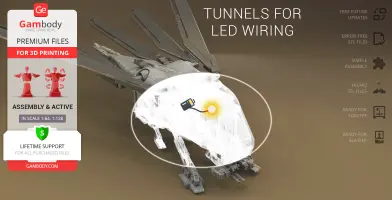
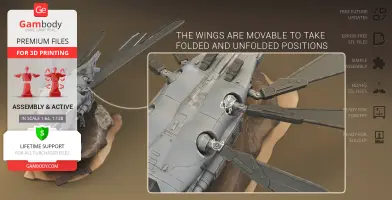
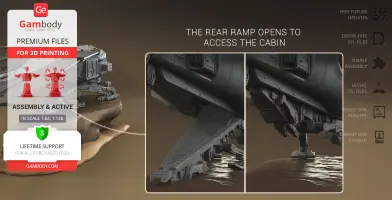
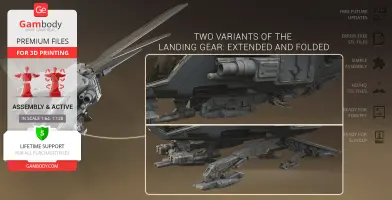
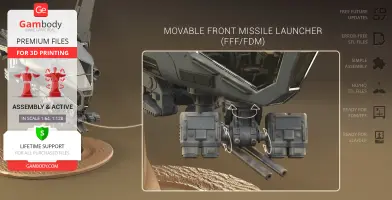
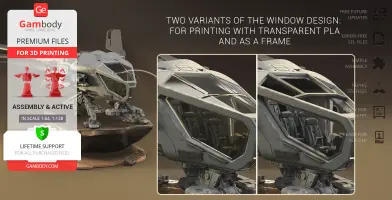
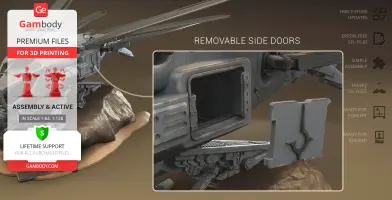
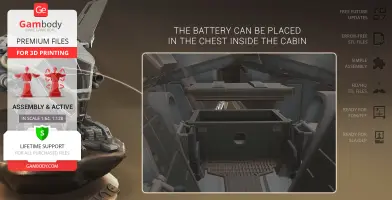
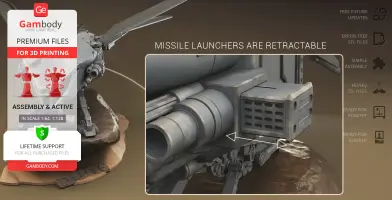
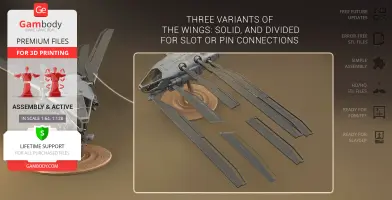
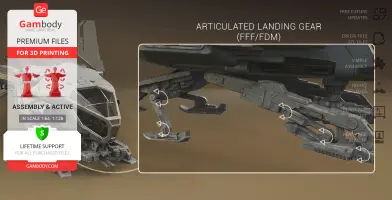
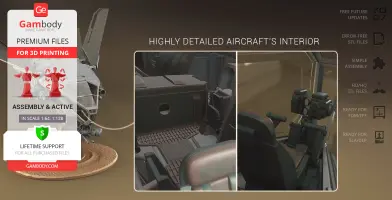
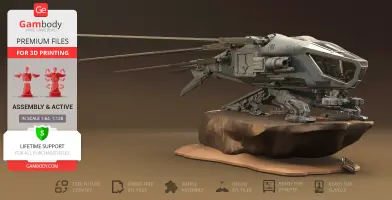
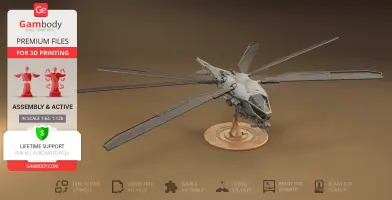
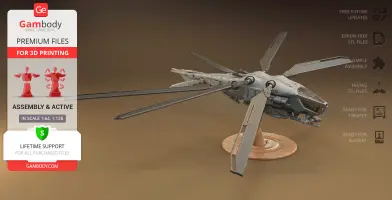
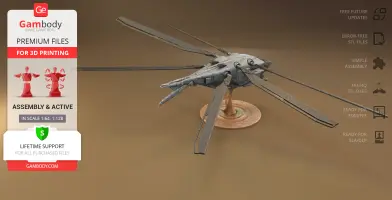
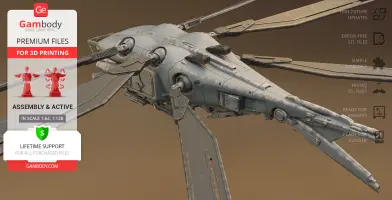
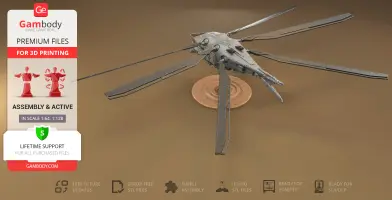
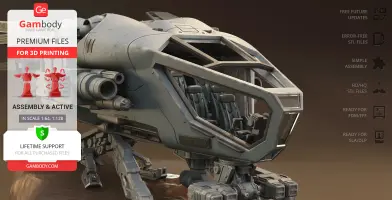
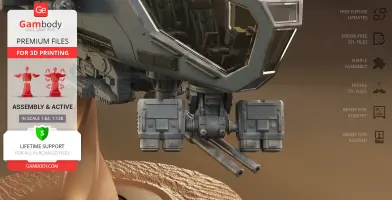
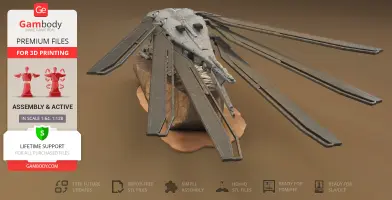
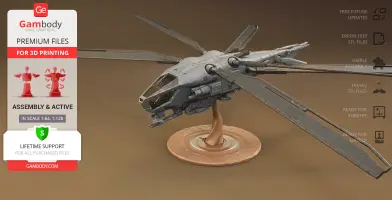
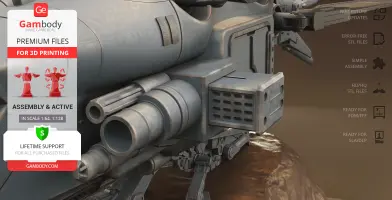
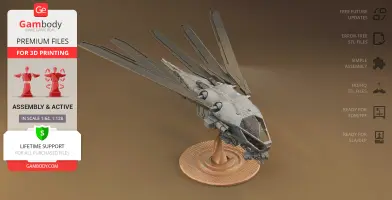
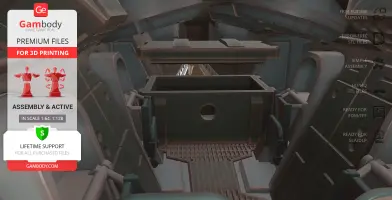
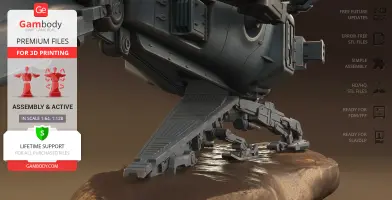
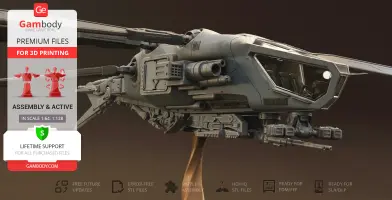
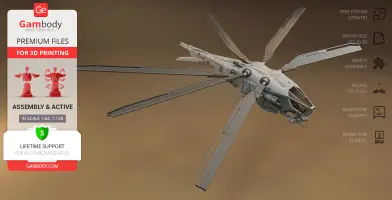
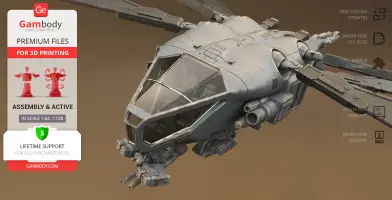
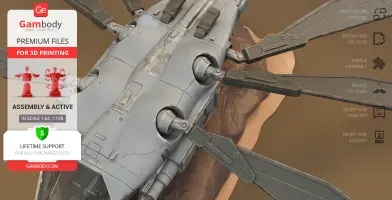
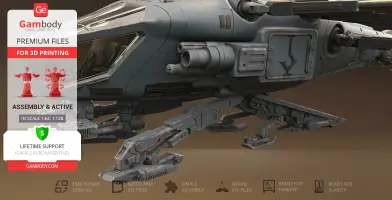
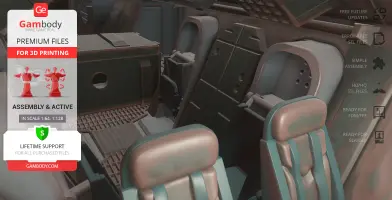
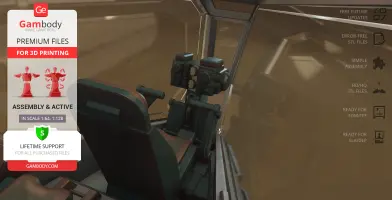
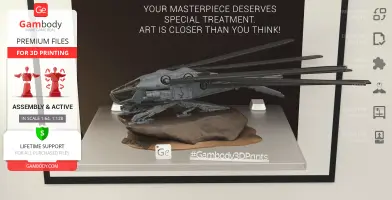
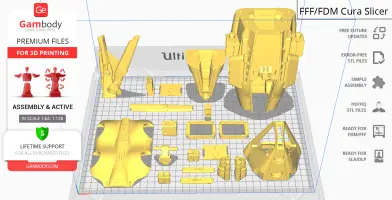
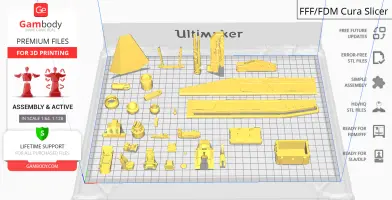
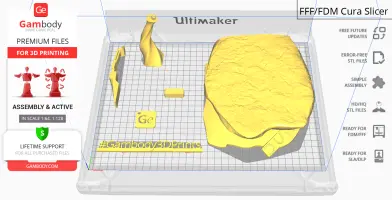


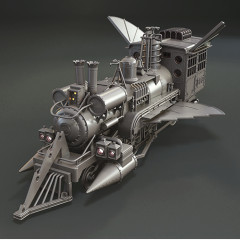
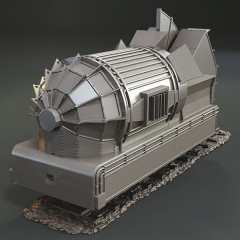
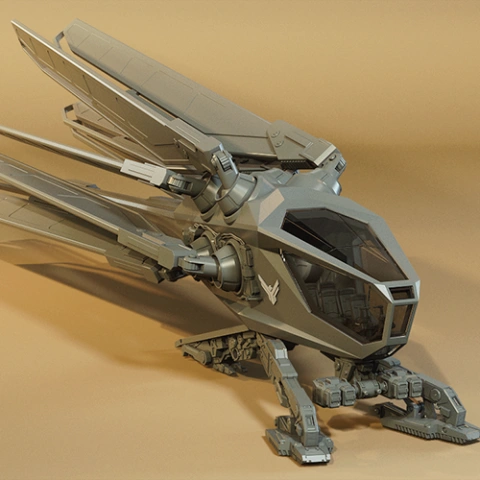
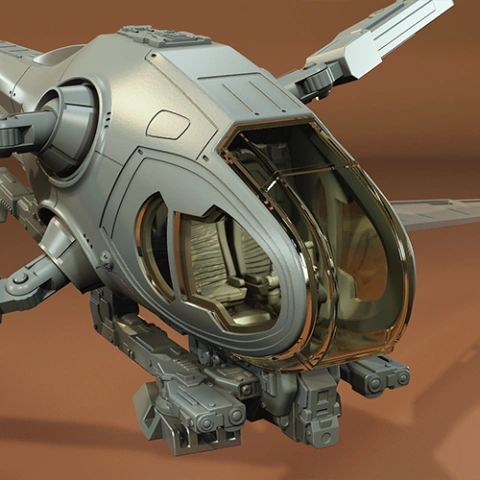
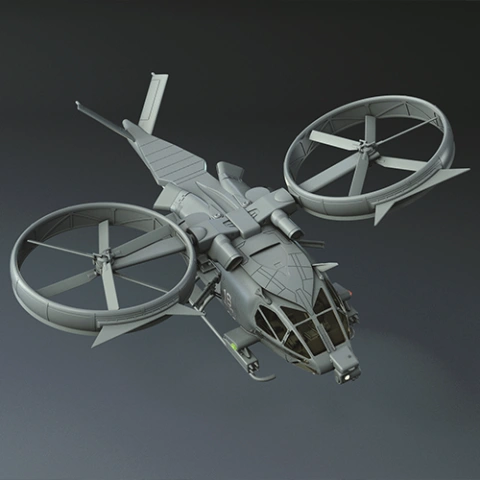
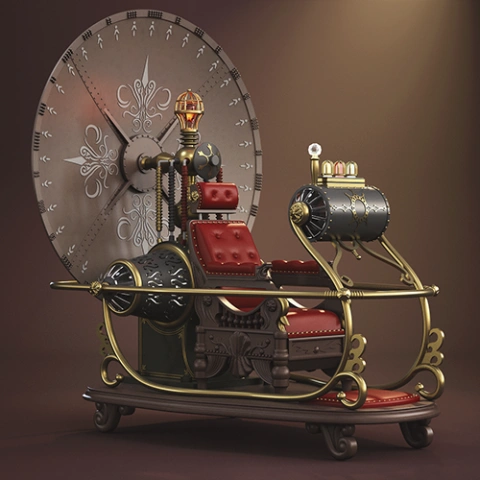
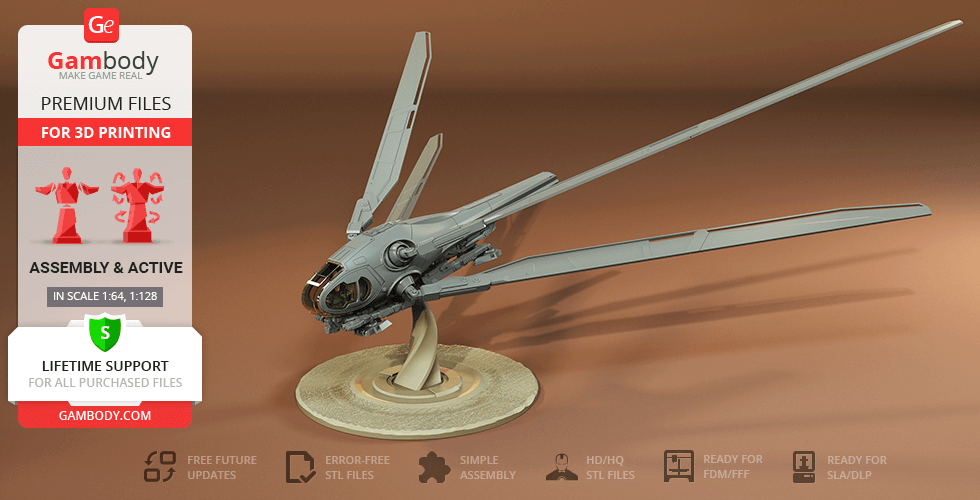
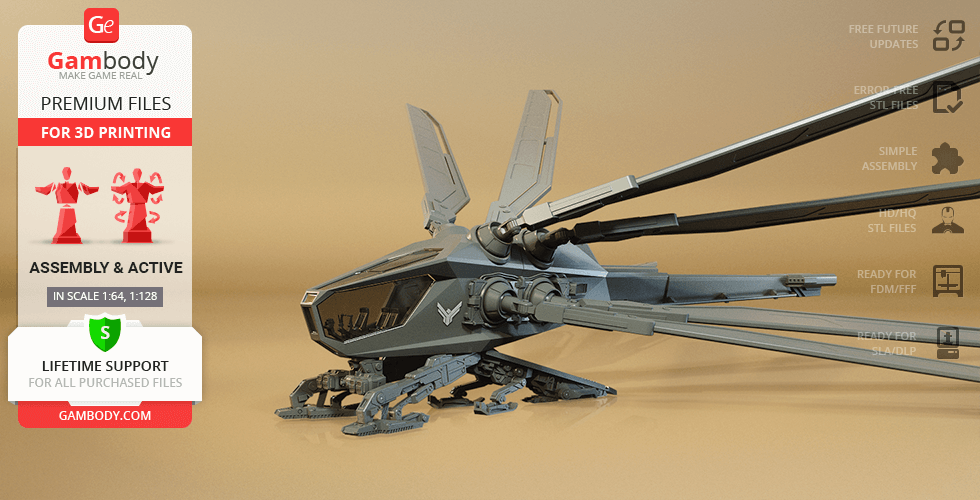
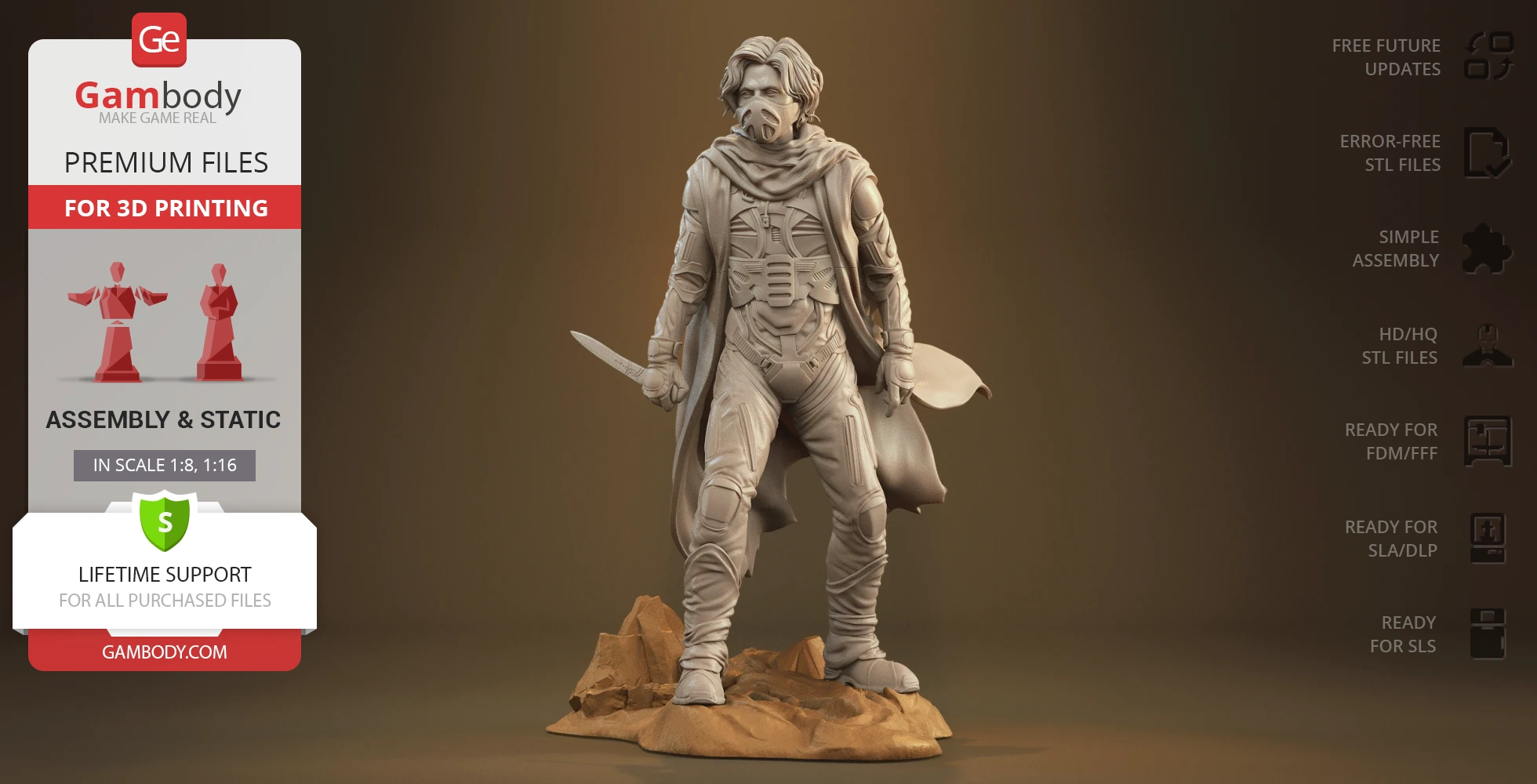

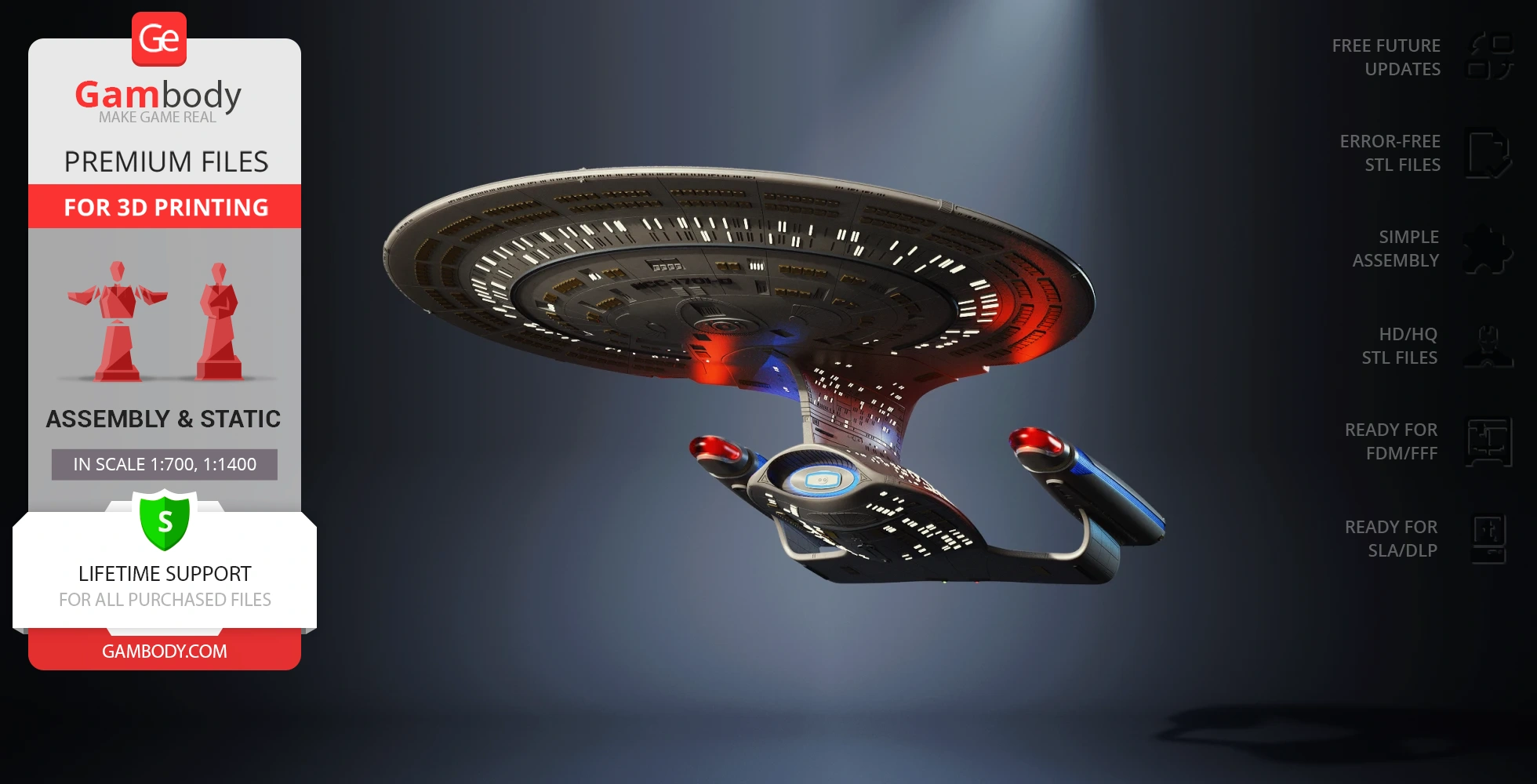
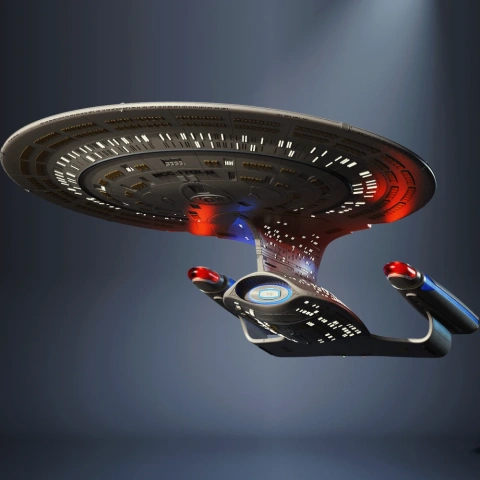
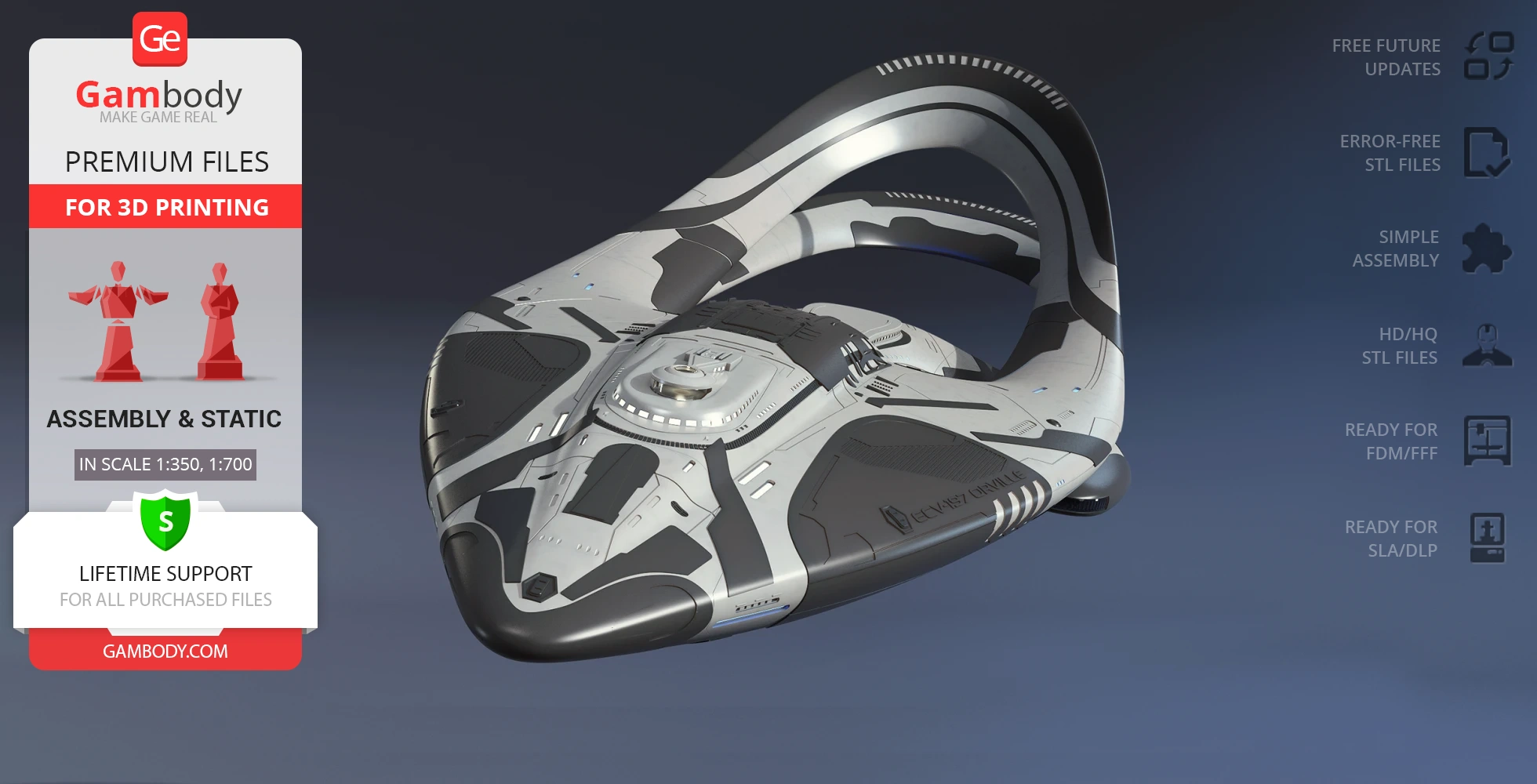
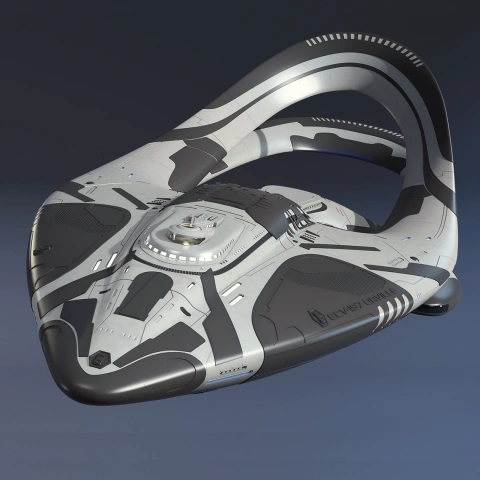
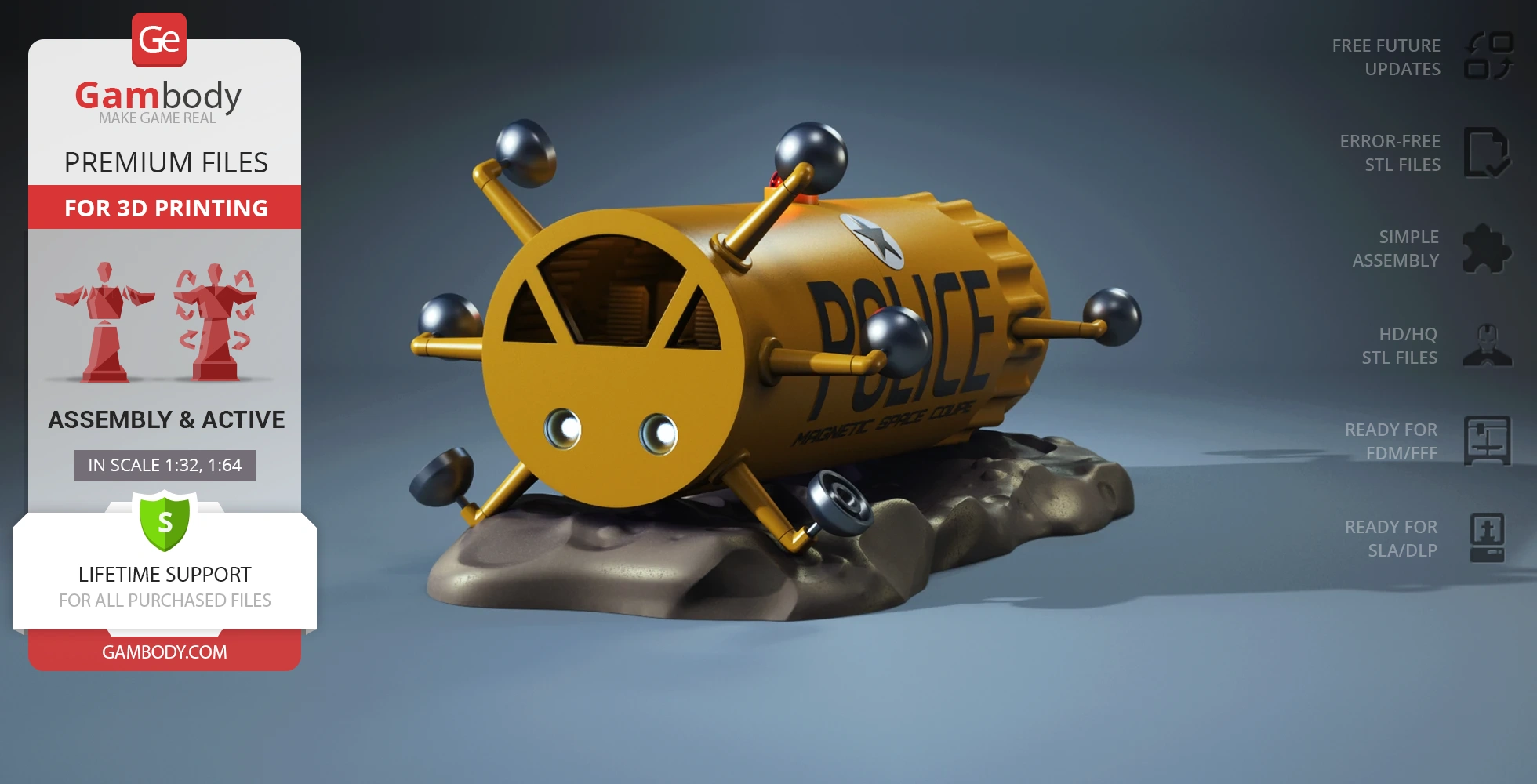
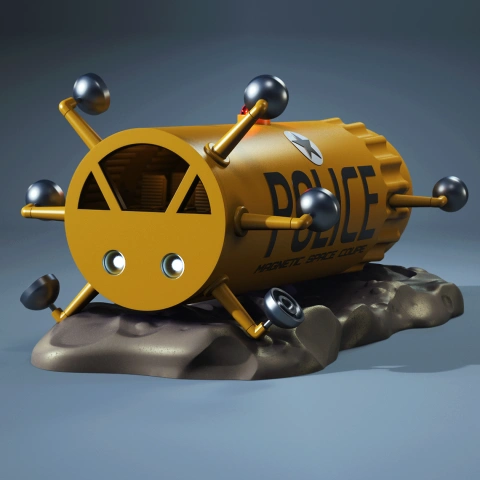
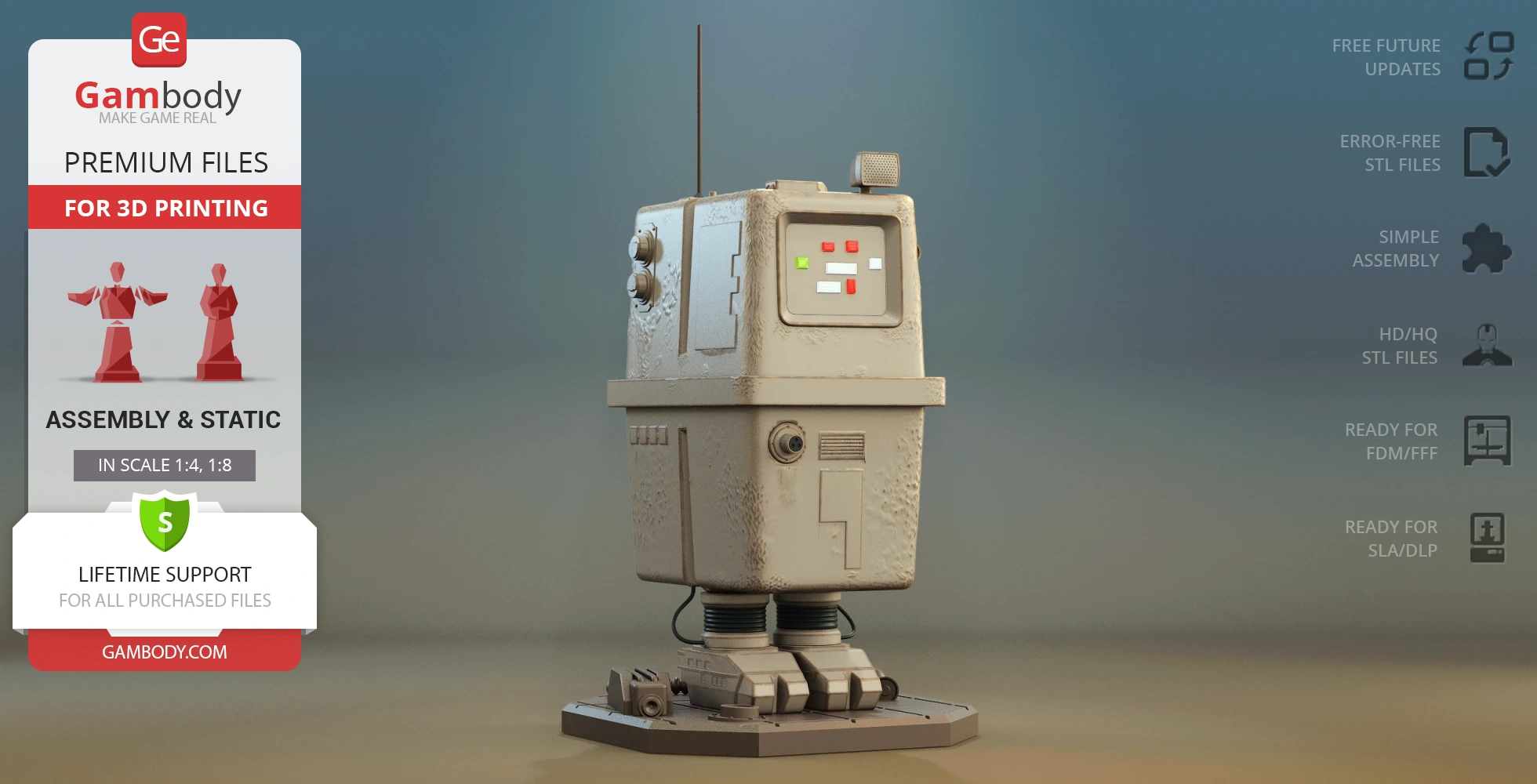
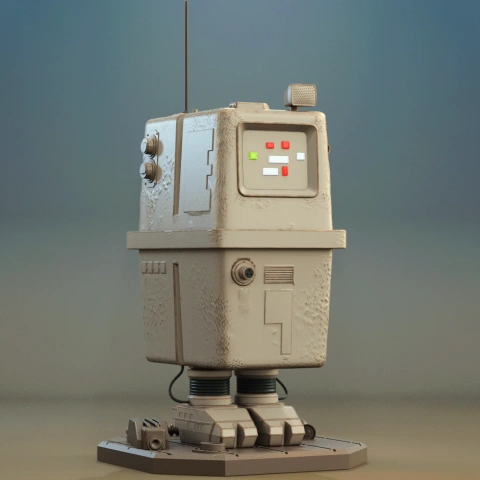
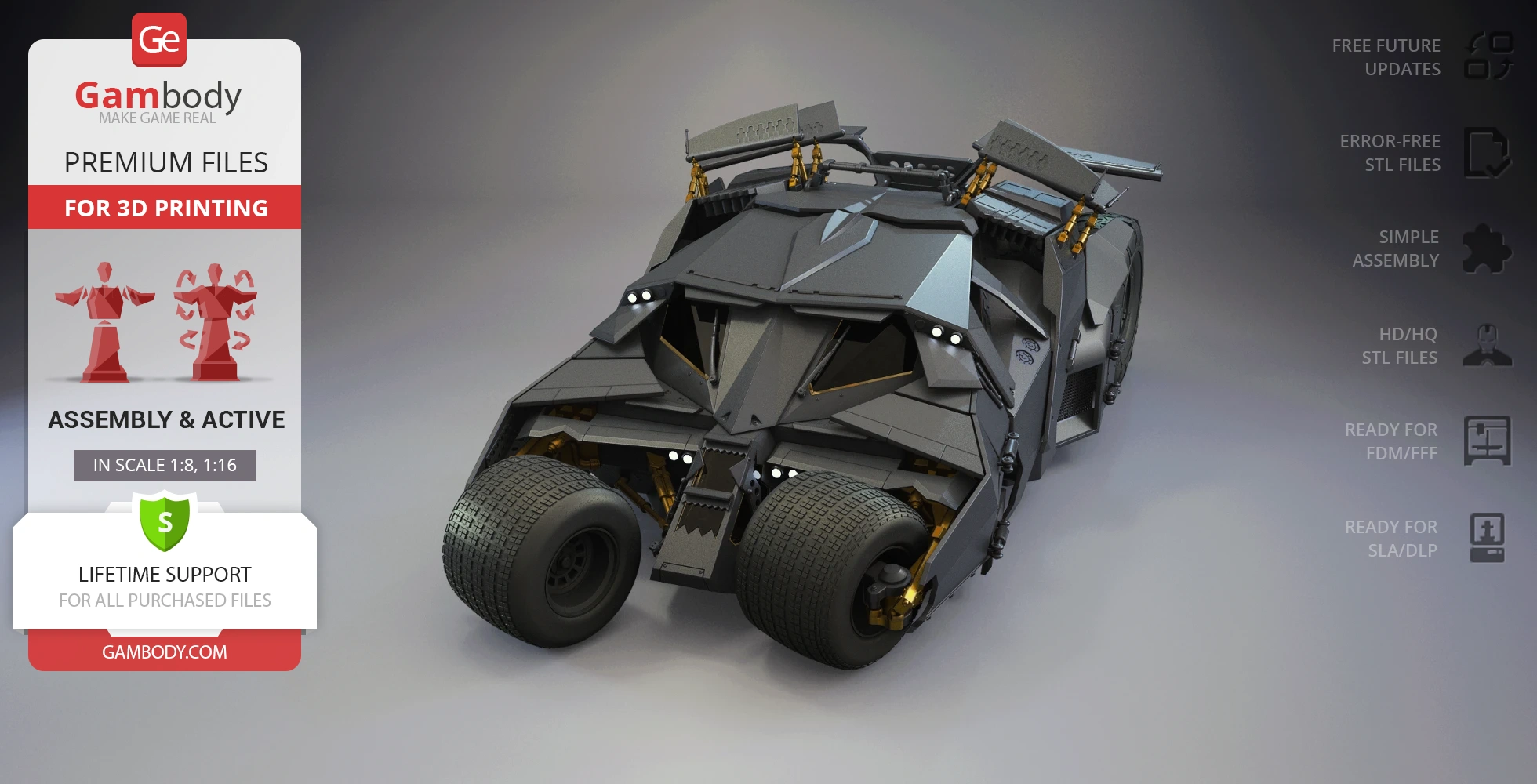
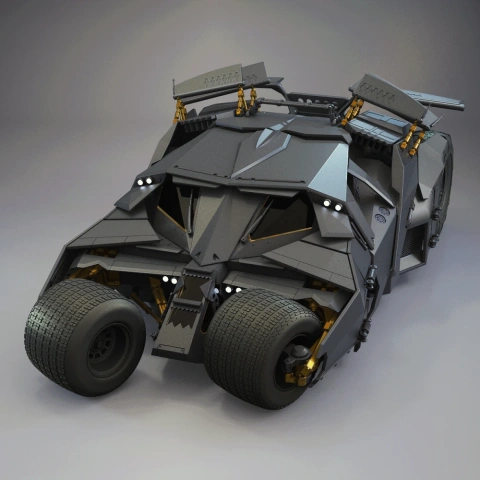
Comments